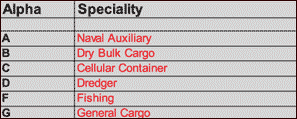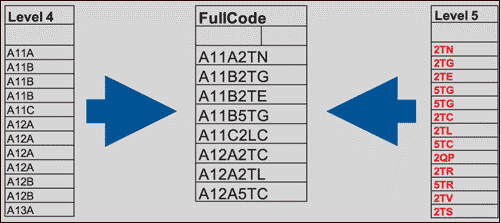Ship Identification Number Scheme
S&P Global is the originating source for the International Maritime Organization (IMO) Ship Number and is the sole authority with responsibility for assigning and validating these numbers. The Numbers are issued from the global maritime databases maintained by S&P Global and consist of a unique seven digit number. S&P Global manages this Scheme on behalf of the IMO.
In the 20 years since the introduction of the Scheme, the IMO Ship Number has become a universal public reference for ships, and continues to be the unique ship identifier adopted in new systems, such as AIS and LRIT. The IMO ship identification number was adopted on the 19th November 1987 in accordance with IMO Resolution A.600(15), by utilising the then existing Lloyds Register Ship Numbering system. The Scheme was made mandatory for all solas vessels under SOLAS regulation XI-1/3.
The Scheme assigns IMO Ship Numbers to propelled, sea-going merchant ships of 100 GT and above, with the exception of the following: vessels solely engaged in fishing, ships without mechanical means of propulsion, pleasure yachts, ships engaged on special service (e.g. lightships, SAR vessels), hopper barges, hydrofoils, air cushion vehicles, floating docks and structures classified in a similar manner, ships of war and troopships and wooden ships.
S&P Global has extended the Scheme on a voluntary basis to include some of the above excluded shiptypes, and in particular fishing vessels and commercial yachts that meet solas requirements.
The number is inserted on Ship's Certificates listed in SOLAS regulation I/12. Under SOLAS regulation XI - 1/3, the IMO Ship Number is required to be permanently and visibly marked on the ship. Furthermore, IMO MSC/Circ.1142 and MEPC/Circ.425 refer to the marking of the ship's plans, manuals and other documents with the IMO Ship Identification Number, recommending that the originator of such plans, manuals and other documents ensure that the IMO Ship Number is marked on them prior to submission for approval by an Administration or a recognised organisation acting on its behalf.
In accordance with IMO Circular Letter 1886/Rev.3, IHSF issues IMO Ship Numbers at the confirmed order stage, and shipbuilders/shipowners are encouraged to provide details of all new orders to S&P Global to facilitate the assignment of the LR/IMO Number at the earliest opportunity which, for the majority of ships, becomes the IMO ship identification number on completion.
The IMO Ship Number is assigned to the total or greater portion of the hull enclosing the machinery space which is the determining factor should additional sections be added.
The IMO number is never reassigned to another vessel.
S&P Global issues IMO Ship Numbers free of charge to shipyards, shipowners/operators, administrations and classification societies on submission of a completed IMO number Request Form, which is available from https://imonumbers.ihs.com. Replies are normally dispatched within a few working days from receipt of each request. S&P Global reserves the right to refuse to assign an IMO Ship Number until all identification criteria have been supplied and to make a charge for processing significant batch requests of numbers.
S&P Global processes IMO Number receipts by strict rotation and it is recommended that applicants should forward requests at their earliest opportunity. Applications involving more than one ship are accepted on a single ship per form basis only.
IMO Ship Numbers can be obtained from S&P Global products and services. The Equasis free public site is also a reliable source to view the IMO Ship Number (www.equasis.org). This site is supplied with up to date fleet and owner information from the databases of S&P Global.



























